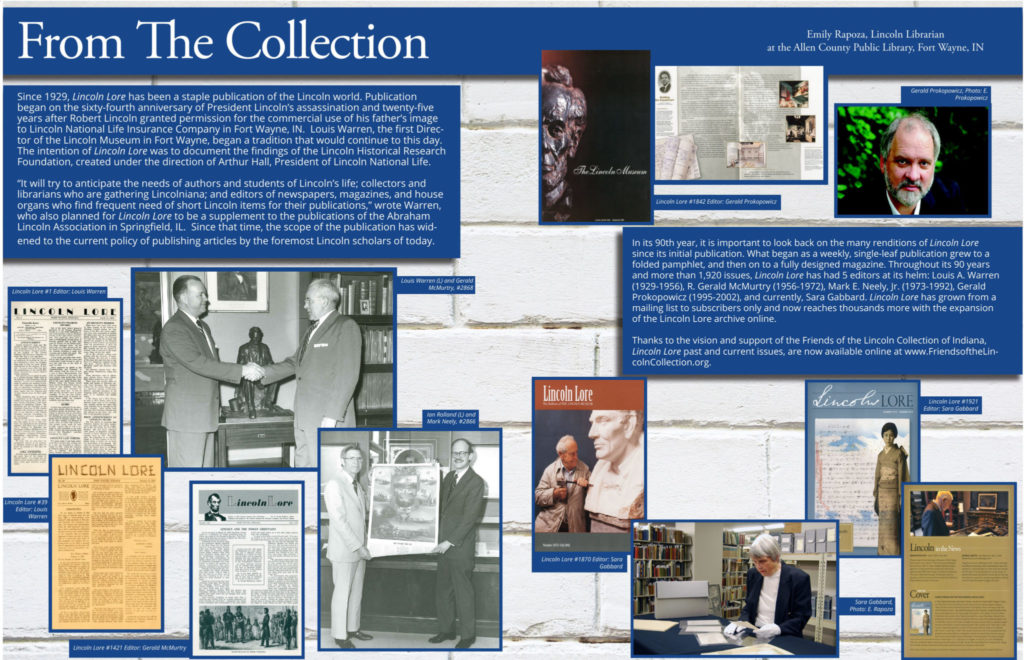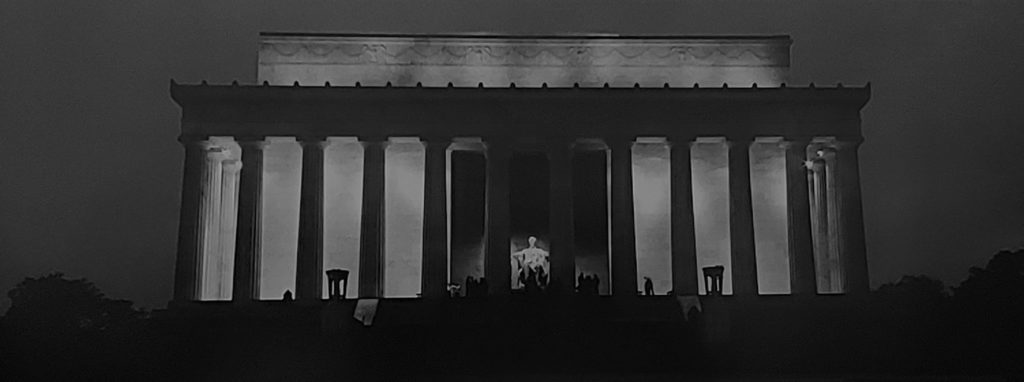
200 Years Later
by Ed Breen210 Years Later By Ed Breen The Lincoln Memorial, Ed Breen In February of this year, we marked the 210th birthday anniversary of America’s secular saint, Abraham Lincoln, although it can be hard to separate it from the car, furniture, carpet and indoor spa sales that have somehow become barnacles on the birthday cake. And […]
Read More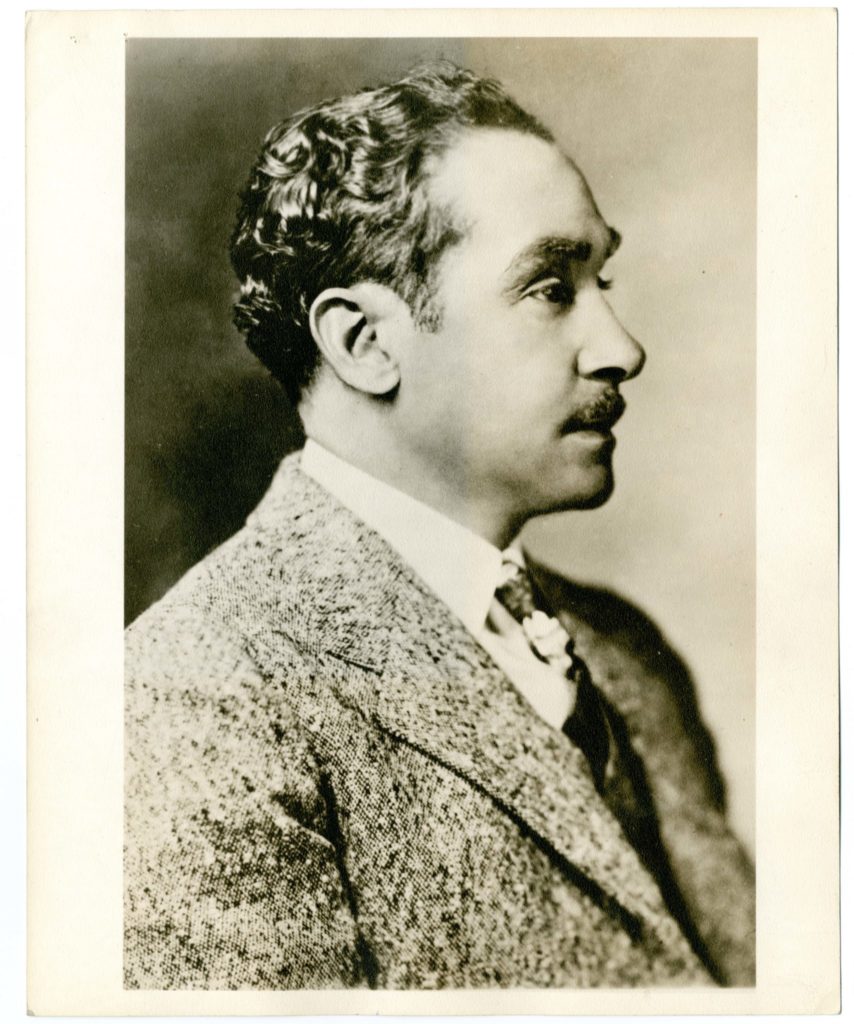
An Interview with Kate Masur on “They Knew Lincoln” by John E. Washington
by Kate Masur, Sara GabbardAn Interview with Kate Masur on “They Knew Lincoln” by John E. Washington by Sara Gabbard John E. Washington, c1941 LN-1137 Sara Gabbard: Who was John E. Washington? What brought him to your attention? Kate Masur: I first came across John E. Washington’s book, They Knew Lincoln, when I was a graduate student at University […]
Read More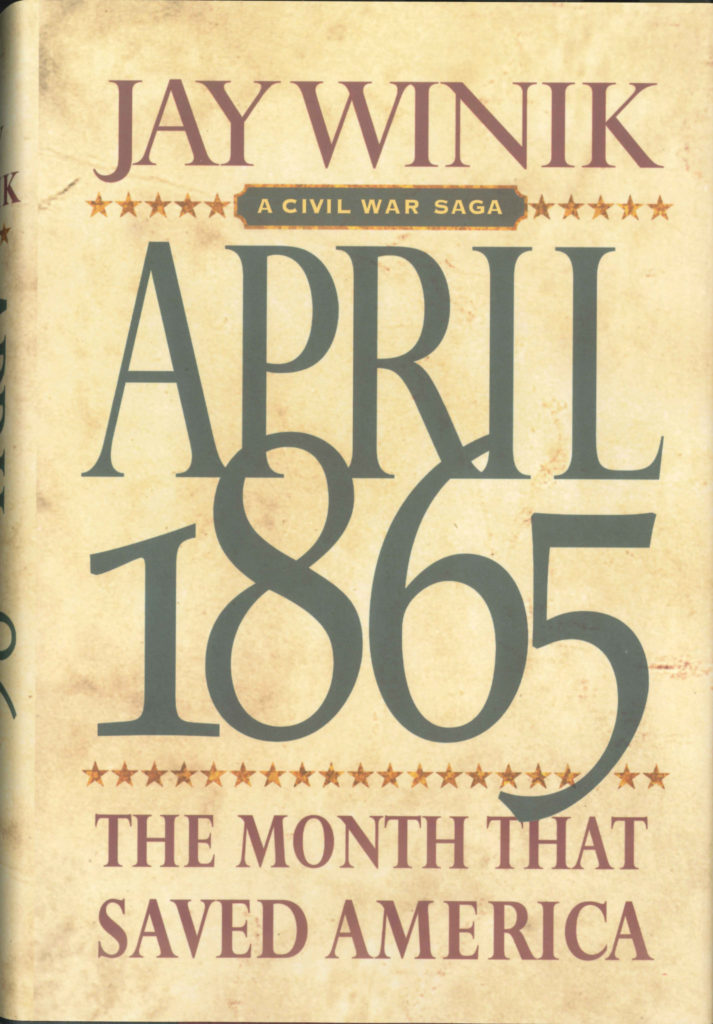
Interview with Jay Winik
by Jay Winik, Sara GabbardInterview with Jay Winik by Sara Gabbard Cover of April 1865: The Month that Saved America, by Jay Winik, 2001 71.2009.084.13230 Sara Gabbard: Your book April 1865: The Month that Saved America is a “must read” for those intent on understanding the ramifications of the presidency of Abraham Lincoln, the Civil War, and the aftermath […]
Read More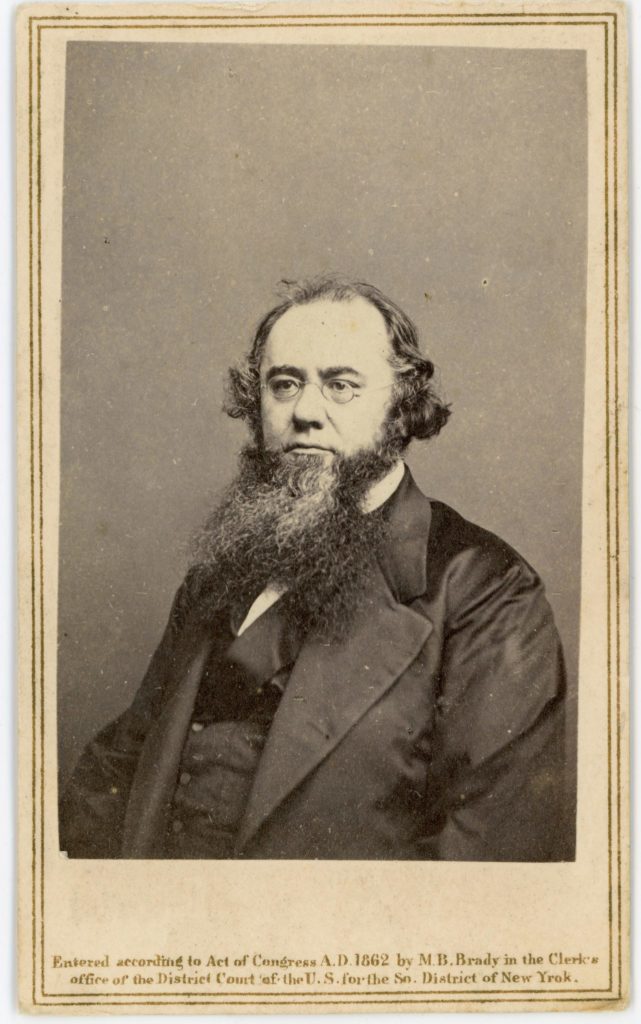
Edwin McMasters Stanton
by Frank J. WilliamsEdwin McMasters Stanton by Frank J. Williams Edwin M. Stanton, 1861 LN-2113 Edwin McMasters Stanton was born in Steubenville, Ohio, on December 19, 1814. On the eve of achieving his life’s dream, chronic asthma caused his death on December 24, 1869. His lifelong struggle with poor health also contributed to his volatile temper, as did […]
Read More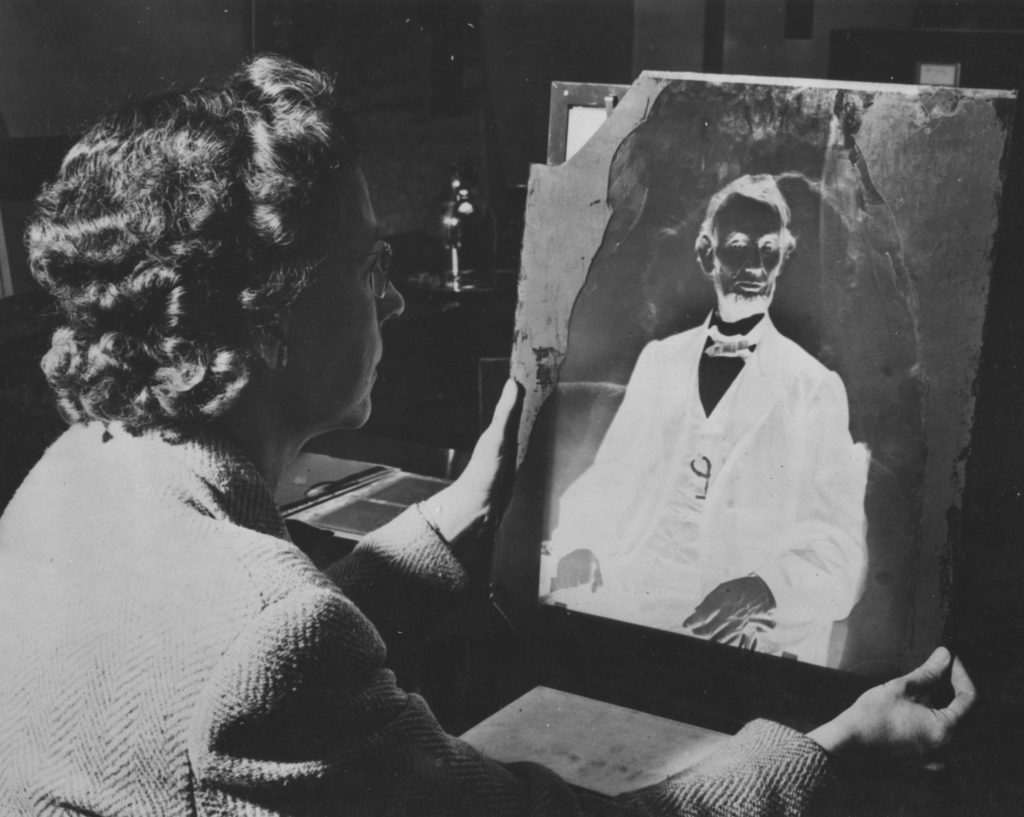
The Woman Who Found Lincoln at Gettysburg: Josephine Cobb of the National Archives
by Mark B. PohladThe Woman Who Found Lincoln at Gettysburg: Josephine Cobb of the National Archives By Mark B. Pohlad National Archives For nearly ninety years there were no known photographs of Abraham Lincoln at Gettysburg. That changed dramatically in 1952 when the intrepid Washington, D.C., archivist Josephine Cobb (1906-86) went searching—and found him. She enlarged a mislabeled […]
Read More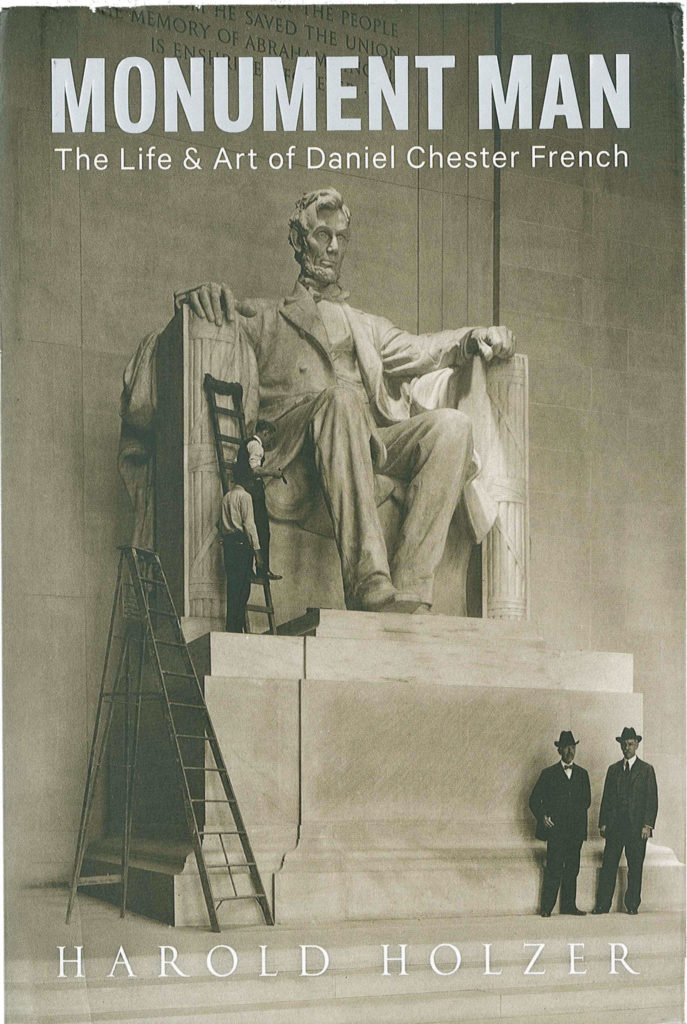
An Interview with Harold Holzer on “Monument Man”
by Harold Holzer, Sara GabbardAn Interview with Harold Holzer regarding his new book, Monument Man: The Life and Art of Daniel Chester French [“As one of the foremost living authorities on Abraham Lincoln, Harold Holzer has long straddled the crossroads of history and art with his own inimitable brand of scholarship. Not surprisingly, in this grandly illustrated and beautifully written […]
Read More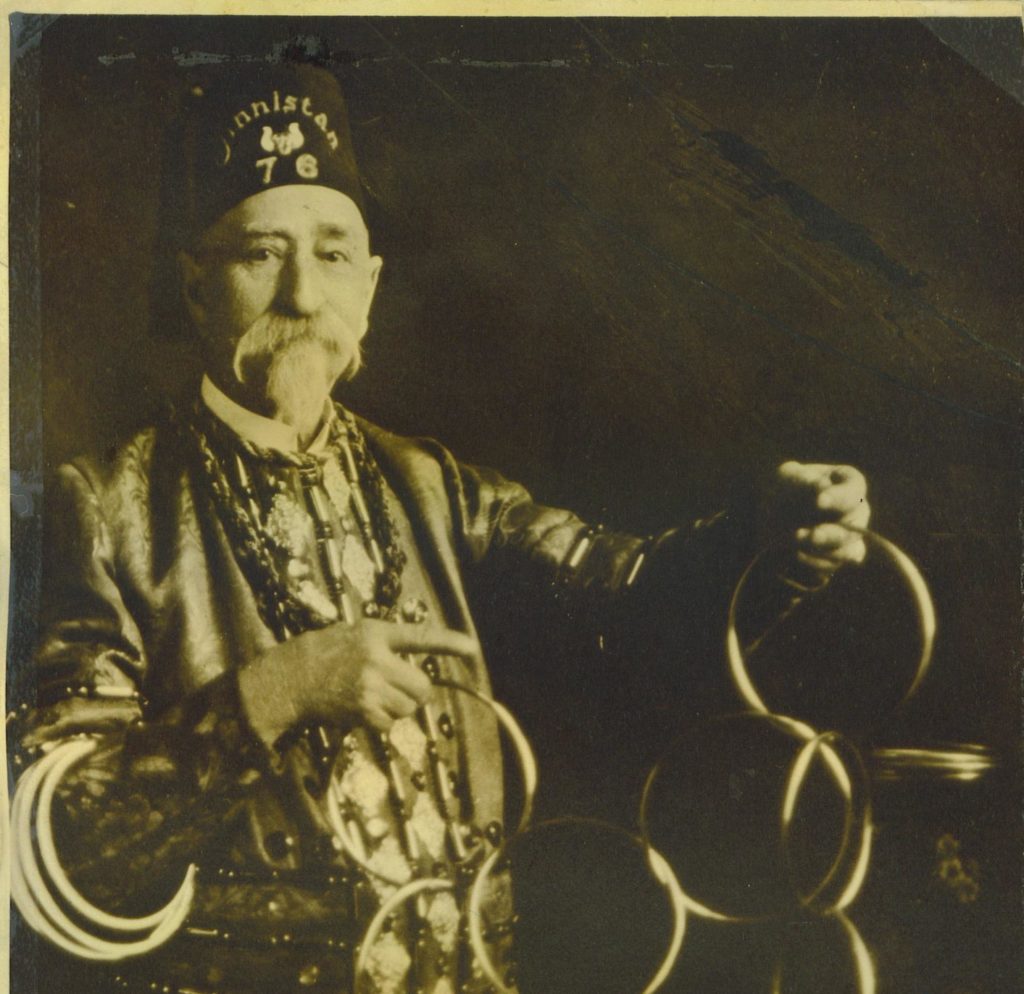
Lincoln’s Magician: The Saga of Captain Horatio G. “Harry” Cooke
by Jason H. SilvermanThe author wishes to express his deep gratitude and appreciation to professional magicians par excellence, Dean Carnegie and Mark Cannon, for their crucial assistance with this article. They generously provided me with some very important primary sources and much needed materials for this article. The name Horatio Green “Harry” Cooke is not one usually bandied […]
Read More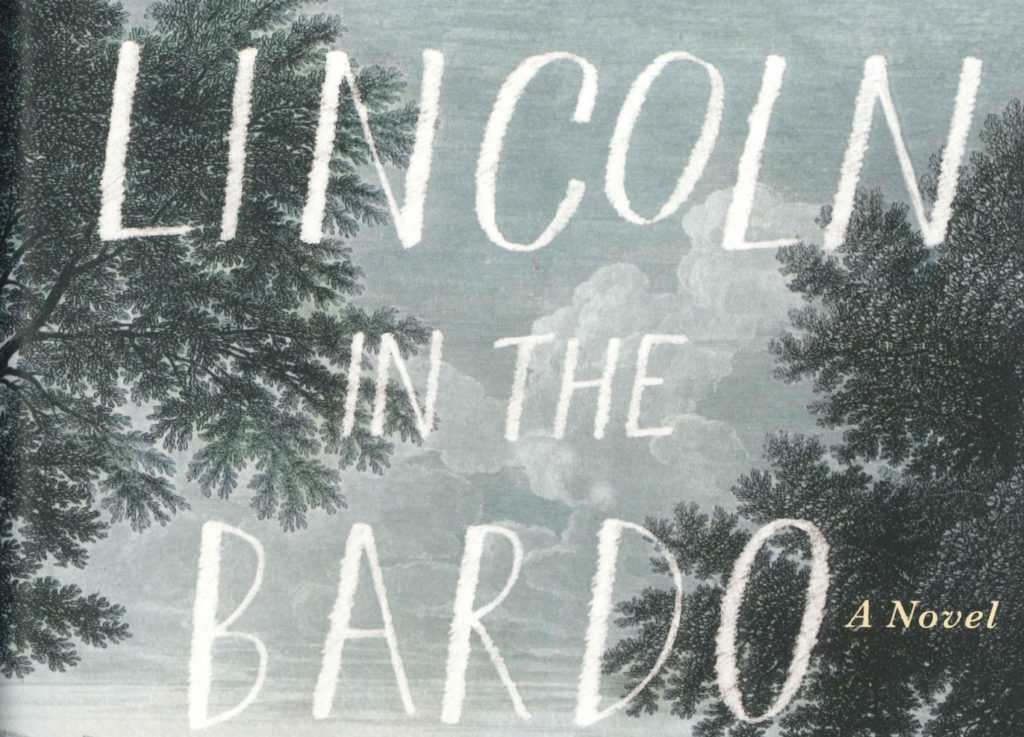
An Interview with George Saunders, Author of Lincoln in the Bardo
by Craig KlugmanGeorge Saunders’ novel, Lincoln in the Bardo, is exhilarating and experimental. It was a New York Times and USA Today best seller, and it won the Man Booker Prize in 2017. It may make you cry in parts and laugh in some others. It will certainly make you think. The novel is written in usually […]
Read More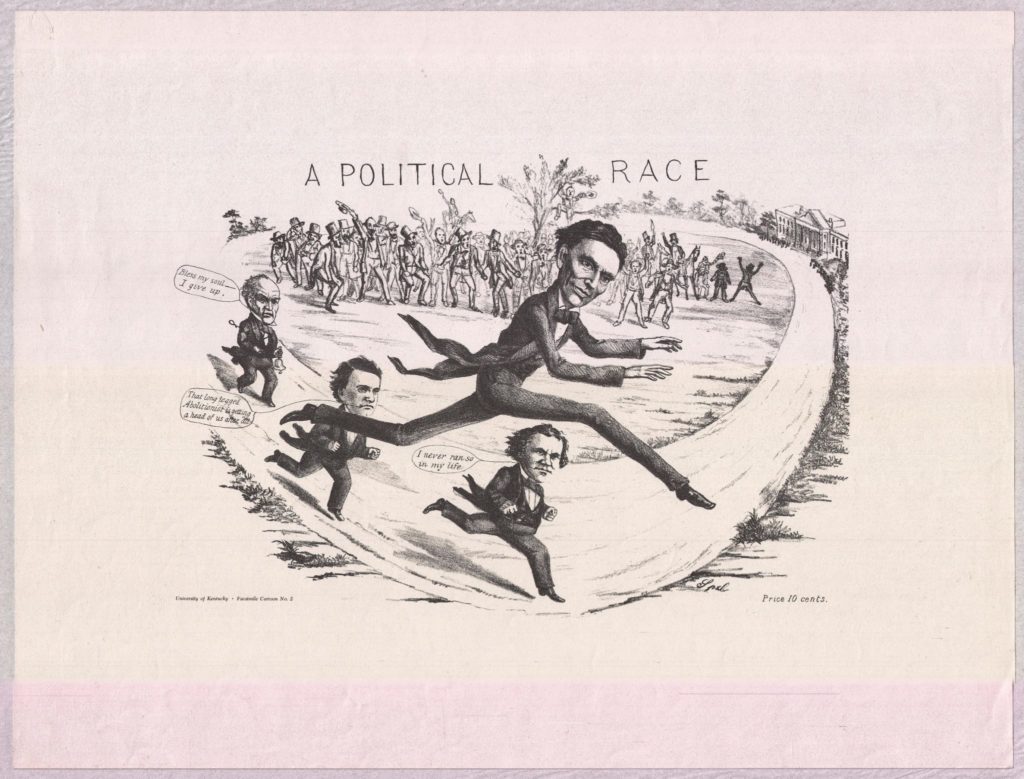
“Just the Wood out of which Washington Presidents are Carved”: Electing Lincoln in 1860 by Alan Guelzo
by Allen C. GuelzoThe day after Abraham Lincoln came from behind a well-populated field of potential candidates to win the Republican party’s nomination for president of the United States, an “annoyed and dejected” Thurlow Weed packed his bags and prepared “to shake the dust of the city” of Chicago “from my feet.” Weed was the long-time editor of […]
Read More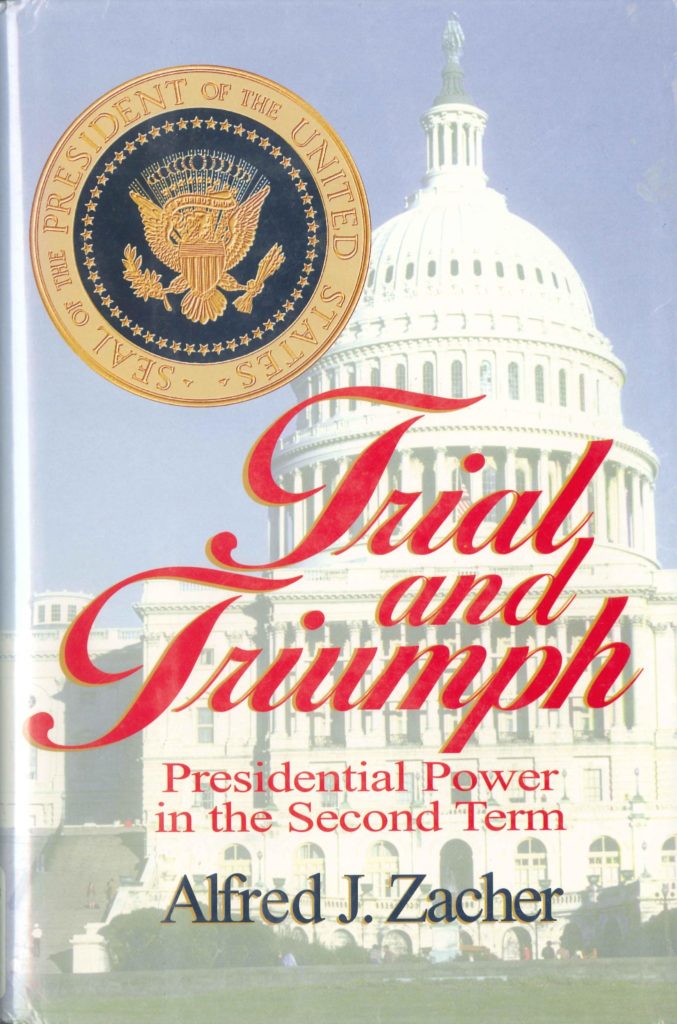
An Interview with Alfred J. Zacher
by Alfred J. ZacherSara Gabbard: Which presidents do you believe showed the greatest leadership skills. Al Zacher: Strong presidential leadership might be defined as the ability of a president to pursue major objectives to fulfillment. This requires perseverance, support of the public and of Congress if their approval is required. This is an understatement, but it provides […]
Read More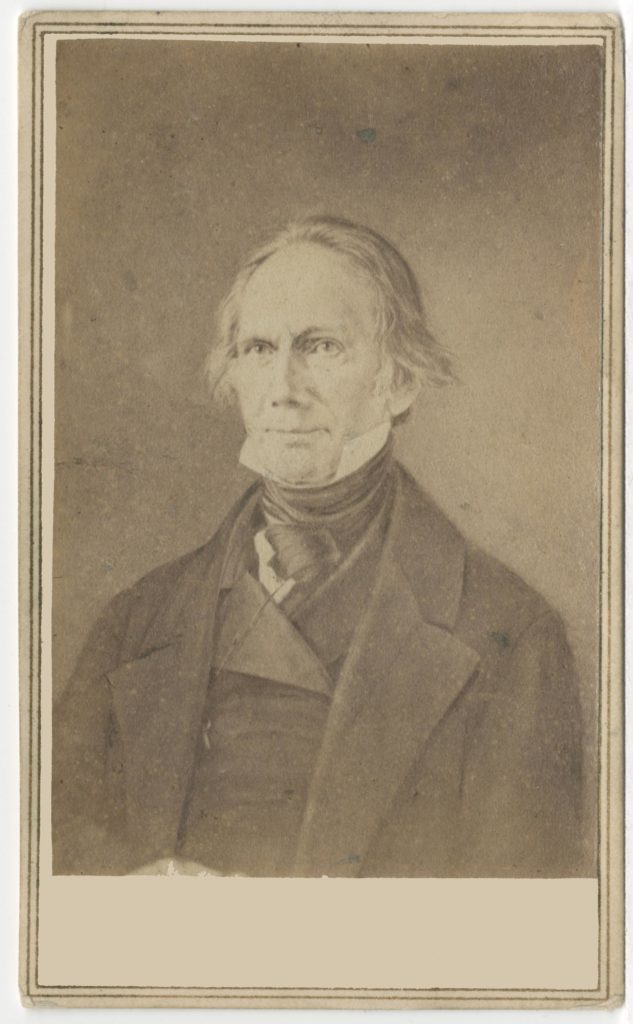
An Interview with John Marszalek on Henry Clay, Lincoln’s “Beau Ideal” of a Statesmen
by John MarszalekSara Gabbard: Please explain Clay’s early legal representation of Aaron Burr. Did the relationship cause him later regret? John Marszalek: In the early 19th century, Henry Clay and Aaron Burr were both young up-and-comers in American politics. Yet, Clay became one of the most famous of all 19th century Americans, while Burr never lived down […]
Read More
From The Collection: Lincoln Family Objects
by Susannah KoerberTo view the article in a larger format, click the photo above to open in a new window.
Read More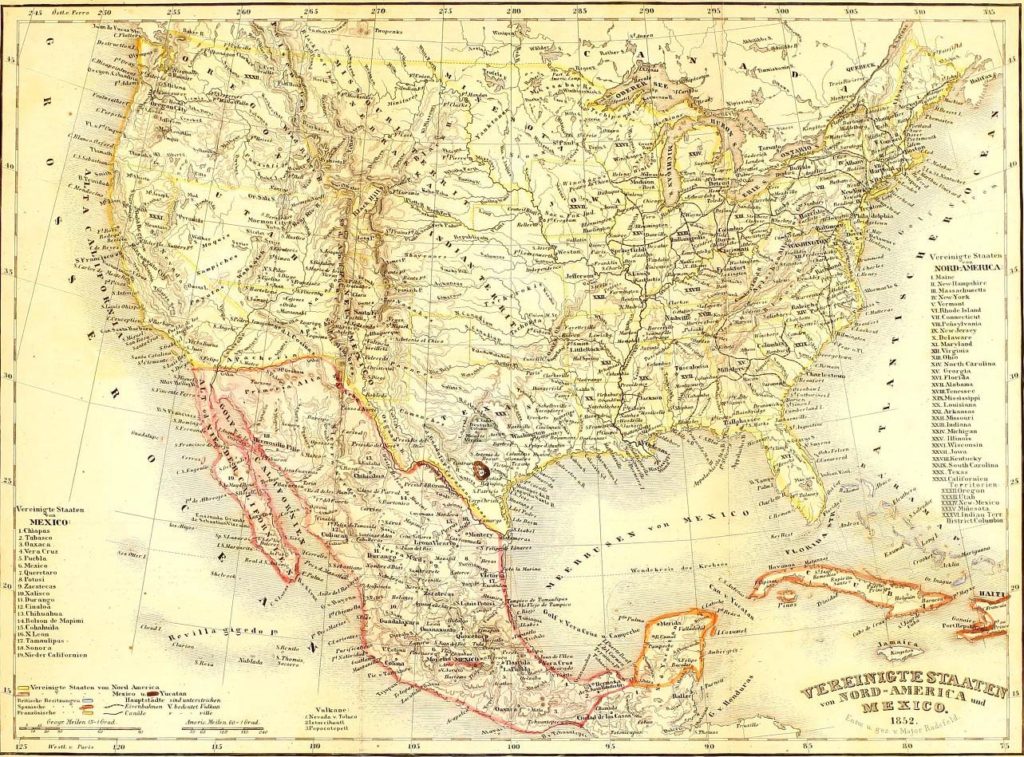
“One War at a Time”: Abraham Lincoln and the Monroe Doctrine in Latin America
by Jason H. SilvermanJason H. Silverman Vereinigte Staaten von Nord-America und Mexico, 71200908501056 The darkening clouds of Civil War were not all the portentous developments that newly elected Abraham Lincoln faced when he arrived in Washington, DC. With the United States seemingly weakened by deep internal divisions, the European empires made one last attempt to regain their hold […]
Read More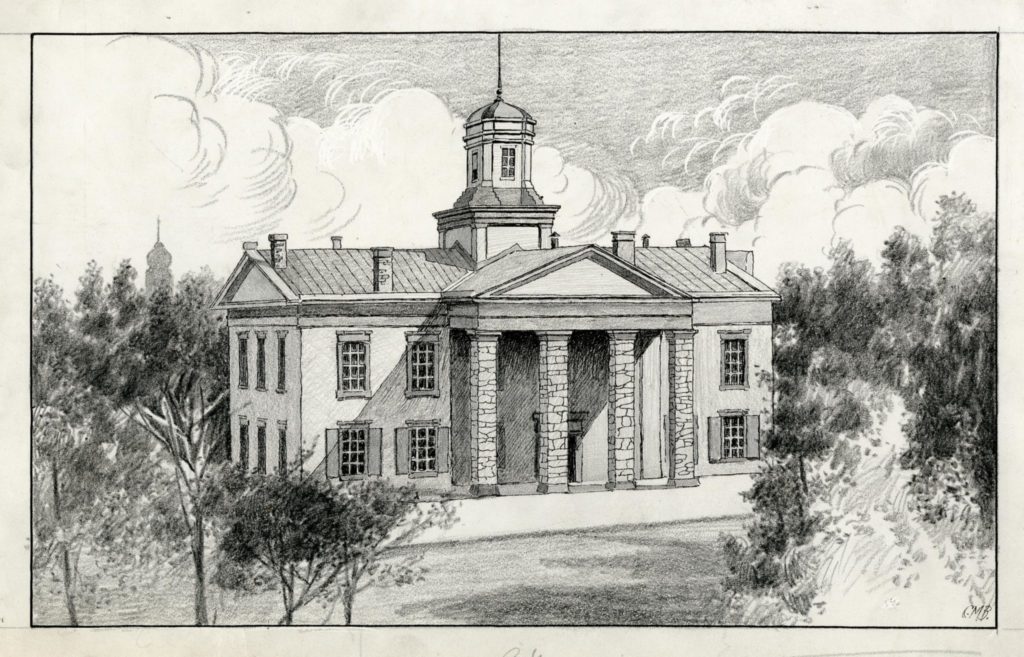
Lincoln and the South
by E. Phelps Gayby E. Phelps Gay Birthplace cabin, 7120090811753 How did Lincoln view the South? What did he know about the South? Had he been to the South? Did he hate the South? Or, instead, did he like Southerners? Did he blame them for the evil institution of slavery? Did he see himself, as many Northerners did […]
Read More
